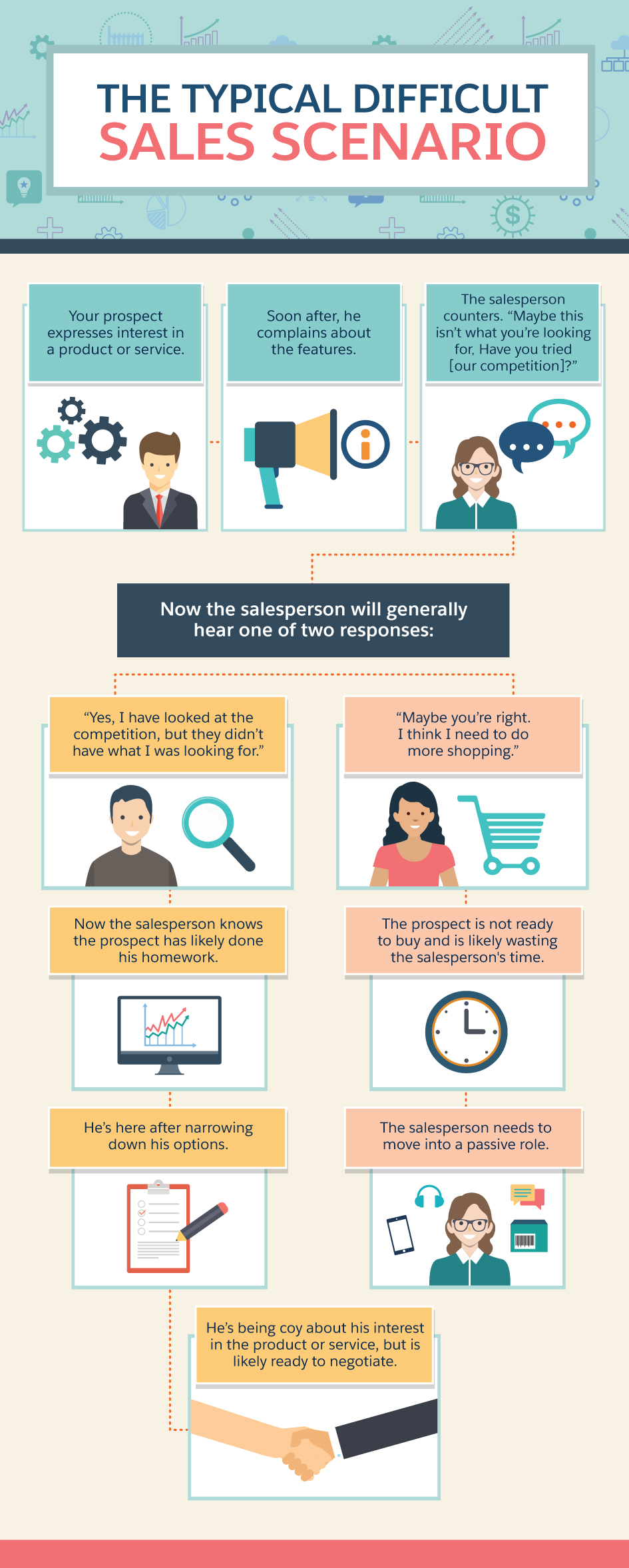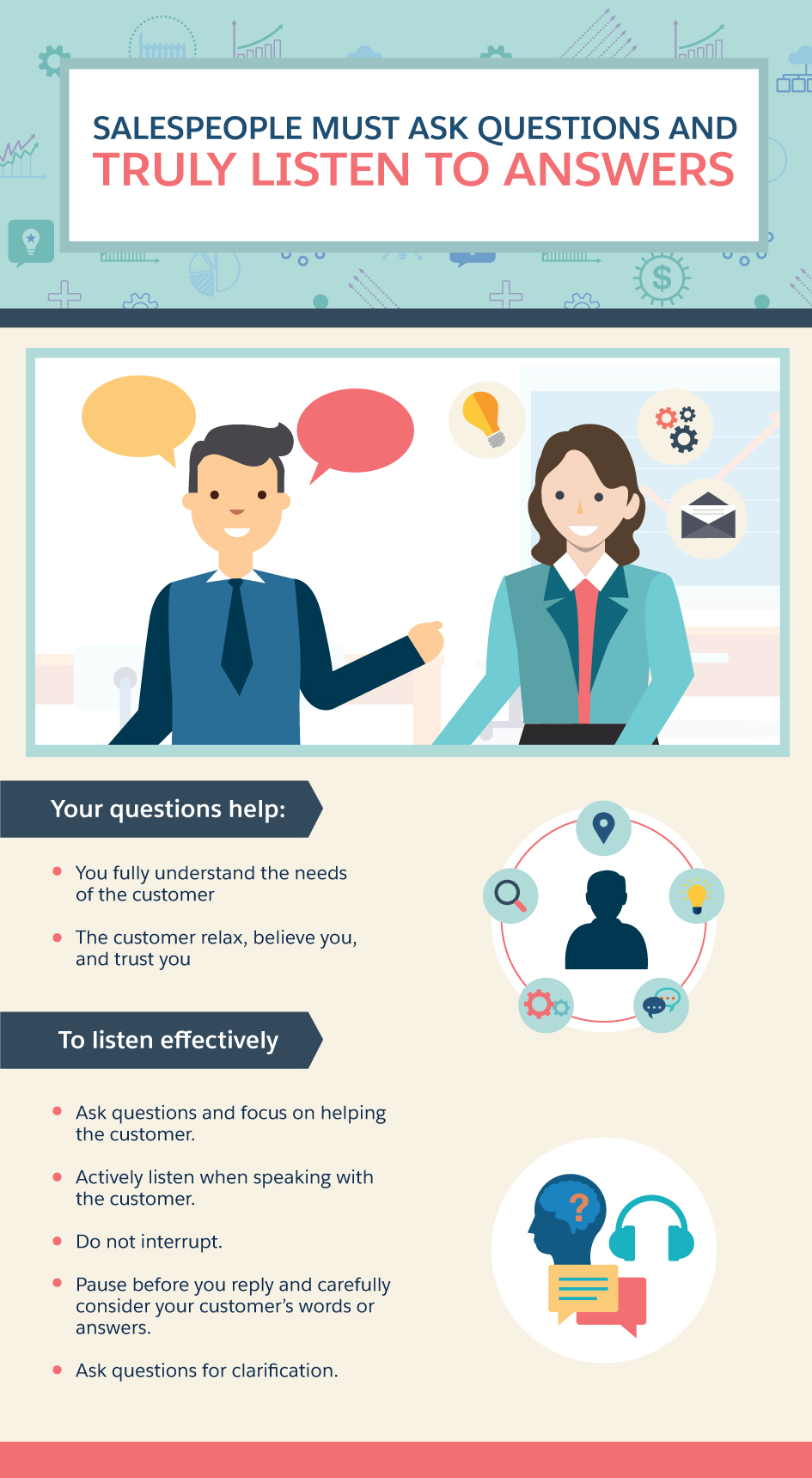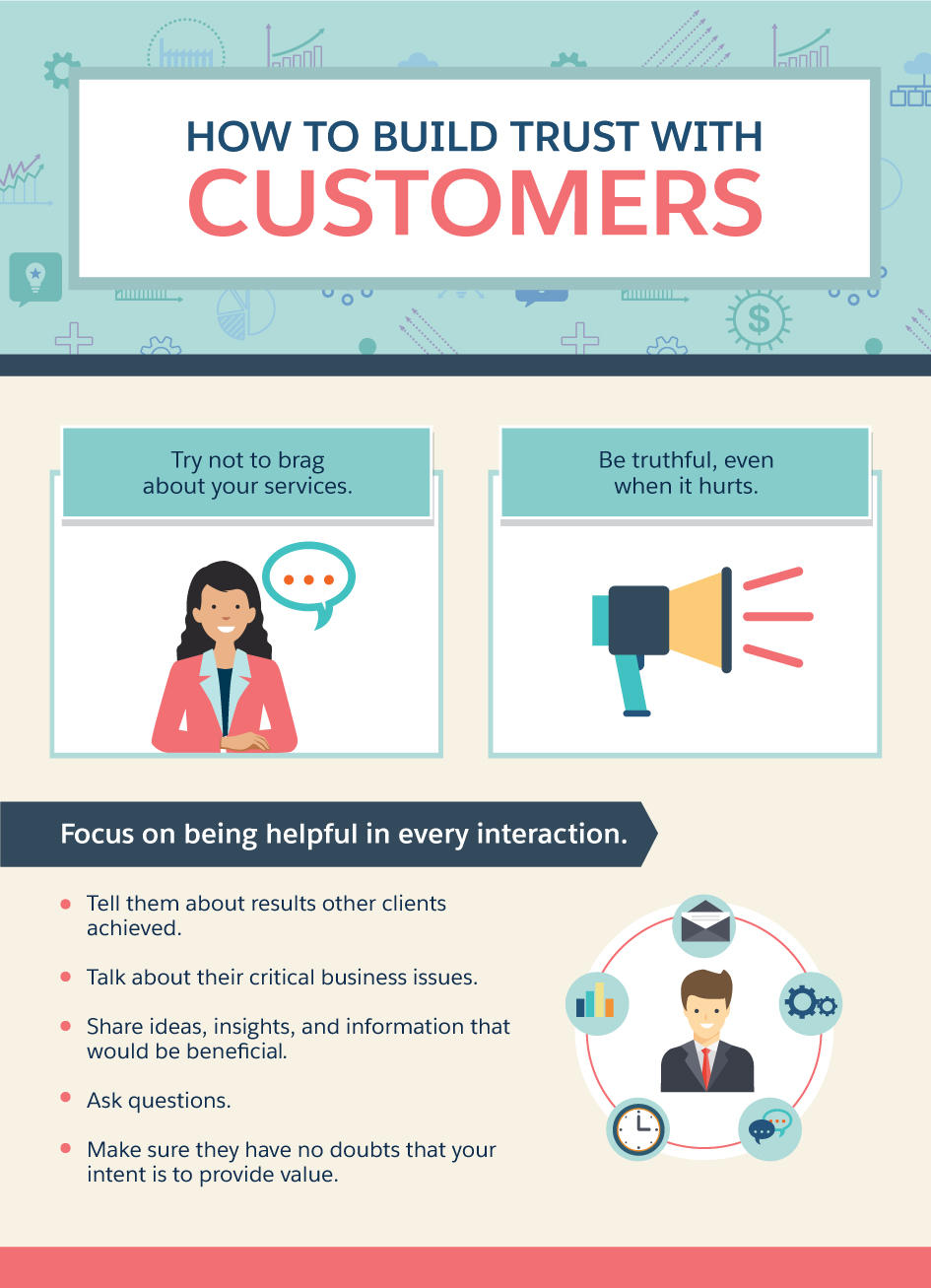In the fishing world, there’s nothing like the feeling of getting a bite and setting the hook, with the realization that your hard work will soon pay off as the prize you’ve so cautiously sought for hours is on its way to the boat.
At least, that’s how we all envision angling occurring.
More often than not, though, after a long day of chasing quarry, we get a nibble, then—to ensure the prey does not get antsy and pull away—we continue feeding it line. We want to ensure it has properly taken the bait and that we’ll get a solid hookset. And while this approach requires patience and resolve, it’s very effective for dealing with tough prey that don’t easily fall for simple tactics.
Salespeople, too, are well aware of this approach, often referring to it as strip-lining. A lead is forced to make a quick decision that will dramatically alter the shape of the negotiations. For example, when faced with a prospect who complains about the features of a vehicle they’d previously expressed interest in, a car salesman may say, “Maybe this isn’t what you’re looking for. Have you tried [a competing brand]?”
At that point, the prospect will typically say one of two things, both of which alert the salesperson where the potential customer stands in the process:
- “Yes, I have looked at the competition, but they didn’t have what I was looking for.”
- “Maybe you’re right. I think I need to do more shopping.”
Upon hearing the first answer, the salesperson knows the prospect has likely done her homework and wound up here after narrowing down her options. This means she’s being coy about her interest in the vehicle, but is likely ready to negotiate.
If a salesperson hears the second answer, they can rest assured the prospect is not ready to buy and is likely wasting their time.
When working to qualify difficult prospects, the saying, “To be forewarned is to be forearmed,” certainly applies.
The Typical Difficult Sales Scenario
- Your prospect expresses interest in a product or service.
- Soon after, he complains about the features.
- The salesperson counters: “Maybe this isn’t what you’re looking for. Have you tried [our competition]?
- Now the salesperson will generally hear one of two responses:
- “Yes, I have looked at the competition, but they didn’t have what I was looking for.”
- Now the salesperson knows the prospect has likely done his homework.
- He’s here after narrowing down his options.
- He’s being coy about his interest in the product or service, but is likely ready to negotiate.
- “Maybe you’re right. I think I need to do more shopping.”
- The prospect is not ready to buy and is likely wasting his time.
- The salesperson needs to move into a passive role.
- “Yes, I have looked at the competition, but they didn’t have what I was looking for.”

Difficult doesn’t mean impossible
There are two key things you have to consider when working with difficult prospects, says Bruce May, co-founder of Axix Group and an expert who teaches the nuances of the sales and marketing process.
“First, you must know where are they in the buying process—are they shopping around? Are they really ready to buy?” he says.
From there, the job becomes knowing what personality type you’re dealing with. While sales professionals break down personas to varying levels to better gauge the best approach for moving forward, the real key is to understand what negotiation style works best with the person you’re with.
“You simply have to be smart about managing the buying process,” says May. “If you can open up and be entirely transparent, a lot of time you can [change a difficult sale into a willing one]. You educate them by being honest: ‘I simply want to make you aware that this is how we do things here. Maybe you weren’t aware, but this is how we approach a sale with all of our clients.’”
This approach, he says, has a way of getting everyone on the same page and allows the sales process to move forward with fewer objections.
May, whose knowledge of sales and the sales process seems limitless, shared three tips for getting to the core of the issue with difficult—but worthwhile—prospects, and closing the deal.
You need to understand where your prospect is coming from
“You have to understand consumers’ points of view—where they are coming from,” says May. “If you don’t already have it, communication training can be invaluable. That puts you in control of the conversation, allowing you to manage it effectively every step of the way.”
You need to understand where your prospect is coming from #sales [TWEET THIS]
One thing the best salespeople are expert at is seizing what’s really holding up the sale. It could be price, features, sales tactics, or a host of individual features.
Whatever it is, your job is to find the objection, get to the bottom of it, and move the sale forward.
Salespeople Must Ask Questions and Truly Listen to Answers
- Your questions help:
- You fully understand the needs of the customer
- The customer relax, believe you, and trust you
- To listen effectively:
- Ask questions and focus on helping the customer.
- Actively listen when speaking with the customer.
- Do not interrupt.
- Pause before you reply and carefully considering your customer’s words or answers.
- Question for clarification.

In the wildly popular book Decisive, authors Chip and Dan Heath share some research that highlights a favorable approach to this scenario. It’s called the “One-Percent Solution.” The person dealing with pushback has one goal: to find the one percent—a small but important objection—that’s holding back the other 99 per cent from moving forward. Once you find it, you’ll smooth the path to successful negotiations.
Don’t be afraid to ask for the sale
We’ve all heard the phrase “get out of your own way” as it pertains to business. According to May, the same applies to sales.
“If you’ve managed the sales process effectively, if you’ve communicated effectively, if you’ve understood the customer’s challenges—including understanding how your solution addresses those challenges—you don’t have to ask them the sale, you give them the sale,” he says.
Too often, says May, salespeople don’t realize when the negotiations are over and the person on the other side is ready to sign on the dotted line. Remember, he says, that it’s less about leading a horse to water than it is figuring out the right water hole for the horse you’re negotiating with. If you lead them there, they’ll gladly drink.
Credibility and trust are the real closers
How to Build Trust with Customers
- Don't say anything nice about your product/service.
- Focus on being helpful in every interaction.
- Tell them about results other clients achieved.
- Talk about their critical business issues.
- Share ideas, insights, and information that would be beneficial to them.
- Ask questions.
- Make sure they have no doubts that your intent is to provide value to them.
- Be truthful, even when it hurts.

It’s never adversarial or argumentative; it’s all about helping the prospect get what they want and need #cdnbiz [TWEET THIS]
One thing top-performing salespeople do that separates them from the pack is make the people they’re negotiating with feel like they are in their corner. It’s never adversarial or argumentative; it’s all about helping the prospect get what they want and need, which benefits both parties in two ways:
- The customer walks away satisfied.
- The salesperson earns a customer who hopefully becomes a brand advocate.
For this to occur, says May, trust must be in place. Trust is being demonstrated throughout the process in the way that you talk to them, relate to them, educate them, and more.
This is how, ultimately, they make the decision of whether or not the person they are talking to is ultimately who they should do business with. “Once you prove that you’re the right person, you’ve won,” says May. “That’s where you actually win the game.”
Tough but winnable
When a salesperson walks away from a sale, the last thing she needs are frayed feelings from either side. The close of a deal means the chance to create an advocate, both personally and for the brand they represent. This makes it all the more important that they come to the table and see the person on the other side as an individual with real goals, aspirations, and needs that someone can and will fulfill.
An astute salesperson will look at this challenge and think, “Why not me?”
So when confronted with a difficult sale that’s been qualified as a worthwhile prospect, remember that the end really does justify the means, provided everyone walks away feeling rightly rewarded for their time and their honesty.
Share "How to Take on a Tough Sale and Make Sure Everyone Comes Out a Winner" On Your Site




